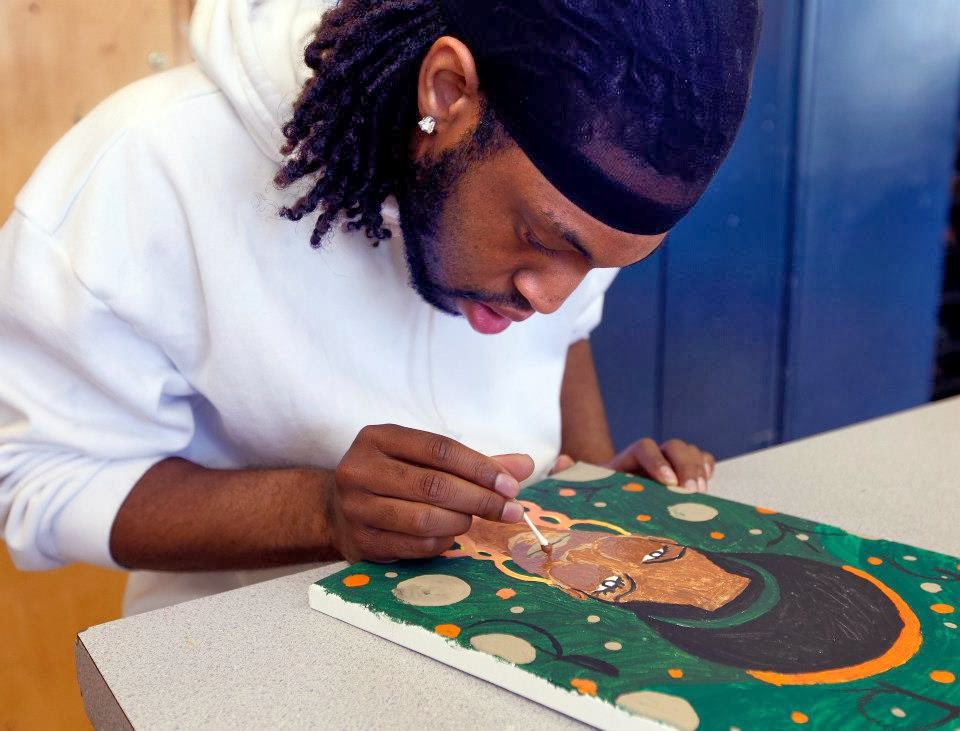by Nancy Turnage, VRPS Central Office
Athletic Fields maintenance is obviously a large component of recreation and parks. Virginia Recreation and Park Society is proud to partner with Toro and Virginia Cooperative Extension to host its Athletic Fields annual workshop ~ 4 locations in 4 days ~ to spread the 411 on turf throughout the Commonwealth to the folks who will be implementing and maintaining it for the benefit of Virginians.
VRPS is, as always, grateful to our "Turf Rockstars" Dale Getz and Mike Goatley. Every year they add value and take a new approach to what's latest and greatest.
Who knew there was so much to it? If you are a turf rookie like me, rhizomes and Bermuda grass sound like components of a tropical vacation. For those attending the Henrico course - see you tomorrow. I plan on getting autographs....
Dale Getz, CSFM (Certified Sports Field Manager) is the Sports Turf Sales Manager - US for the Toro Company. Previously he was the Athletic Facilities Manager and Superintendent of Golf at the University of Notre Dame where he worked for 17 years. Dale has taught turf management at Andrews University as an adjunct faculty mem-ber and has published numerous articles on sports turf management. He holds Bachelors and Masters Degrees from Michigan State University in Forestry and a Masters Degree in Administration from the University of Notre Dame.
Dale Getz

"Maintaining athletic fields is not as much about mowing, aerating and fertilizing as it is about making memories for athletes of all ages."
"Everything you do on an athletic field should be aimed at one goal - safety."
- Dale Getz, Certified Sports Field Manager and Sports Turf Sales Manager - US for the Toro Company
|
Michael Goatley, Jr. is Professor and Extension Turfgrass Specialist in the Department of Crop and Soil Environmental Sciences of Virginia Tech. Goatley has B.S. and M.S. degrees from the University of Kentucky and the PhD from Virginia Tech. Following 15 years on the faculty of Mississippi State University, Goatley returned to Blacksburg where his primary responsibilities are statewide development and implementation of educational outreach programs for all areas of turfgrass management. Mike has co-authored four books on sports turf management, was elected to the STMA Board of Directors in 2008, and is serving as STMA President in 2012-2013.
Mike Goatley

"Bobby Campbell, CSFM and former sports field supervisor at University of Tennessee, always told the crowds he spoke to that sports field managers are in the business of creating memories.... I had never thought of that before, but he was absolutely right in that some of my earliest memories are of my first chances to play on a 'real' sports field and to visit a sports venue."
- Mike Goatley, Professor and Extension Turfgrass Specialist,Department of Crop and Soil Environmental Sciences of Virginia Tech
|
















